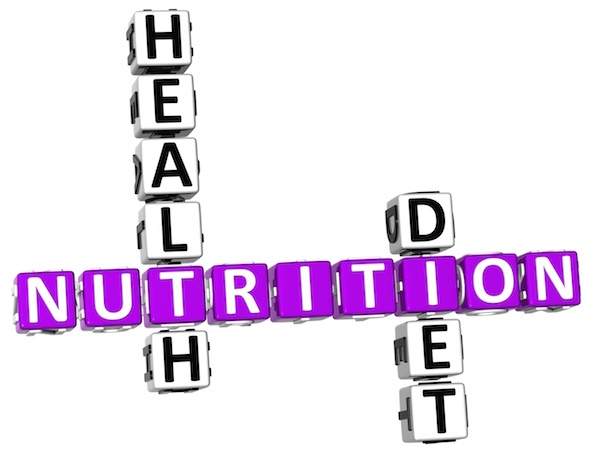
FRIDAY, Aug. 6 (HealthDay News) — “Locally grown” has become a catchphrase for healthy and environmentally friendly foodstuffs. It’s a concept that has made many Americans scan their supermarkets’ shelves for signs that the foods they buy have been raised nearby.
But are locally grown foods necessarily better for you?
That depends, dietitians say. Some foods grown locally will be much healthier; others, not so much.
The main message of the locally grown movement is by and large a very healthy one for people to heed, said Dawn Jackson Blatner, a registered dietitian in Chicago and a spokeswoman for the American Dietetic Association.
“Most of what the locally grown movement is about is not eating processed foods from large companies, but rather eating more natural, unprocessed, wholesome foods,” she said. “A local apple may or may not be any better than an apple grown farther away, but it is most definitely better than an apple-flavored product you get from a package.”
That said, dietitians also generally believe that an apple shipped in from far away won’t be as nutritious once it reaches a consumer’s hand as a locally grown apple would be.
“The longer produce goes from being picked to being eaten, the more nutrients are lost,” said Andrea Giancoli, a registered dietician in Hermosa Beach, Calif.
Of all types of food, fresh produce is most likely to be best when it is grown nearby and sold quickly, she said. That’s because exposure to oxygen and light causes produce to lose nutrients from the moment it’s been picked, she said. Produce with water-soluble nutrients such as vitamin C tend to lose nutritional value more quickly than produce containing more stable nutrients, such as beta-carotene.
So people who buy locally grown produce will probably get a little more nutrition as a result — but only if they eat the produce soon after it’s purchased.
“If you leave it on the counter a week or two before you’re eating it, you’re doing yourself a disservice,” Giancoli said. “Every day that goes by, your produce is losing more nutrients.”
Another bonus from buying locally grown produce involves taste.
“Many people, because locally grown food is picked in season, find it tastes better,” Blatner said. “My patients enjoy healthier foods more because they taste better. It leads to people eating better overall.”
There are exceptions. Nuts and legumes, for instance, tend to retain flavor and nutritional value whether they are locally grown or shipped in, Giancoli said.
“Because nuts come in a shell, their nutrients are pretty well preserved,” she said. “Beans have a tough outer covering that serves the same purpose.”
People also can buy meat from locally raised livestock, but the label may not be as important for that type of food. Dietitians say that meat does not lose flavor, freshness or nutritional value as quickly as just-picked produce does.
However, buying meat from a local farmer can bring some health benefits for those who ask how the animals have been raised.
“It all depends on the farmer’s methods,” Giancoli said. “A local farmer may use the same methods as a big industrial farm. There’s no guarantees that just because livestock is grown locally it’s going to be better for you.”
People who want to buy beef should ask the farmer how the cattle have been fed. Corn-fed cattle fatten up more quickly, but grass-fed beef is healthier for you.
“Grass-fed beef is leaner and has a better ratio of healthy fatty acids,” Giancoli said. “That’s why you need to ask your farmer those questions.”
A smart consumer might also want to ask whether the cattle were given antibiotics or hormones if they wish to avoid such things in the foods they eat.
People purchasing chickens or eggs should ask if the poultry was raised free-range. They also should ask if the chickens were given antibiotics or hormones, Giancoli said.
Locally grown dairy products may not differ a great deal in terms of nutritional value, Blatner said, but people may find that the milk coming from their local dairy tastes much fresher and stays fresh longer than supermarket milk shipped in from far away.
“Part of the shelf life you’re missing out on was in the truck rather than at your home,” she said.
But the two dietitians also warned that people should not get hung up on the question of whether their food is locally grown. A healthy diet that contains plenty of fruits, vegetables, whole grains and lentils should be a person’s first focus, before they start worrying about where their food comes from.
“The most important thing is that you choose healthy foods,” Blatner said. “And, once you’re doing that, wouldn’t it be nice to have your food come from a local source?”
More information
The American Dietetic Association has more about becoming a savvy food shopper.
For more on buying local, read about an Oregon farmer’s market.

